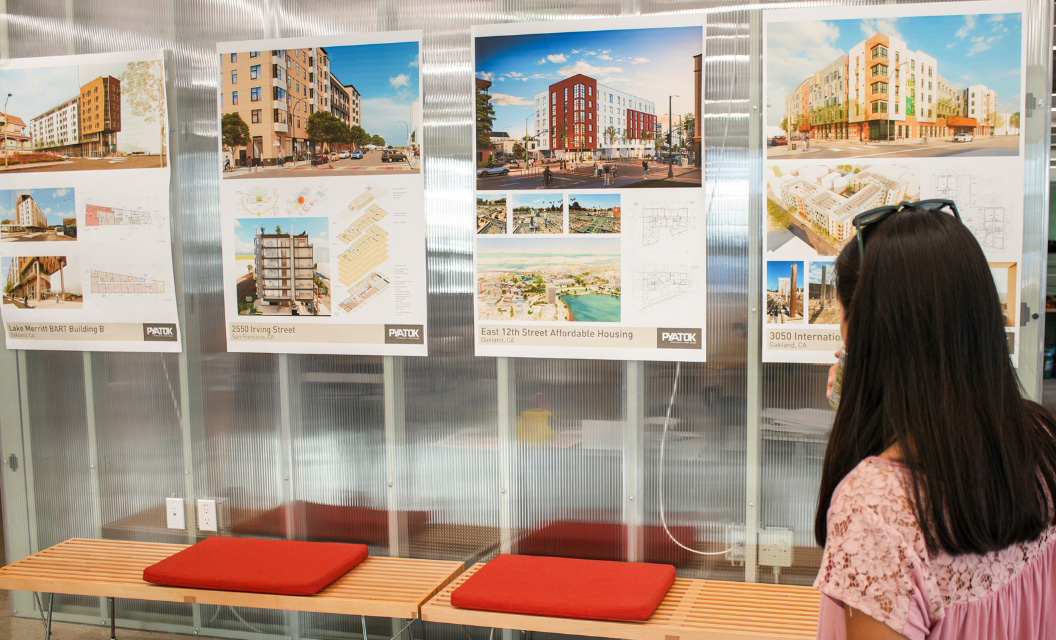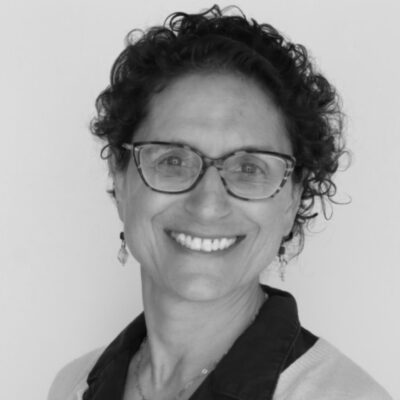Careers + Opportunities
At CED, you’re surrounded by a vibrant community of design and planning firms, non-profit, and community justice organizations. Our graduates pursue careers in design, planning, and real estate development, as well as in medicine, law, and teaching. You can connect with a career counselor to learn more about careers and opportunities.

Career Counseling
Career Counseling supports you with researching career options, making connections with alums and other professionals, and developing materials to promote yourself. By starting early, when you’re ready to pursue opportunities, it won’t seem like such a daunting task. Make an appointment to discuss the following:
- Career and educational paths
- Job and internship opportunities
- Job and grad school applications
- Resume, cover letter, and LinkedIn
- Interview practice
- Career development
- Alum mentorship
MEET OUR CAREER COUNSELOR
-
 Assistant Director, Career Engagement2440 Bancroft Way, Career Center; 703 Bauer Wurster Hall
Assistant Director, Career Engagement2440 Bancroft Way, Career Center; 703 Bauer Wurster Hall
Opportunities
Handshake helps you easily connect with employers and find jobs, internships fellowships, on-campus recruiting opportunities.
Explore Career Paths
- Architecture
- Landscape Architecture & Environmental Planning
- City & Regional Planning
- Sustainable Environmental Design
Job + Internship Opportunities
- American Institute of Architecture
- AIA East Bay and AIA San Francisco
- ACSA
- Archinect
- Indeed.com
- Idealist.org
Architecture News + Community
Licensure + Career Development
Job + Internship Opportunities
Landscape Architecture News + Community
- Planetizen
- World Landscape Architect
- Landzine
- The Dirt – Information and discussion on uniting the built and natural environments
- The Field – Professional landscape architect network
- The Cultural Landscape Foundation – Stewardship through education
Licensure
Job and Internship Listing
- American Planning Association: Jobs and Careers
- Northern California American Planning Association
- USAJobs
- Careers in Government
- Bay Area Progressive Database
- Idealist.org
- Planetizen | Jobs
- Streetsblog Jobs
Local Bay Area Organization
- Association of Bay Area Governments – The regional planning agency for the Bay Area
- SPUR – A San Francisco– and San Jose–based public policy think tank whose mission is “to promote good planning and good government.”
- Urban Ecology – San Francisco organization dedicated to using planning, design, and policy to create sustainable and fair neighborhoods.
- Urban Habitat – Oakland organization dedicated to empowering low-income communities through research, advocacy, and coalition building.
National + International Organizations
- American Planning Association – APA brings together practicing planners, citizens, and elected officials who are committed to making great communities happen.
- Project for Public Spaces – a nonprofit dedicated to promoting community-building public spaces
- Urban Institute – an economic and social policy research organization
- Urban Land Institute – The Urban Land Institute provides leadership in the responsible use of land to enhance the total environment. Issues include finance, housing, transportation, and urban revitalization
- United Nations HABITAT – The U.N.’s Human Settlements Program. Its mission is to promote socially and environmentally sustainable towns and cities, with the goal of providing adequate shelter for all
Job + Internship Listings
Local Bay Area Organizations
- SPUR: San Francisco–and San Jose–based public policy think tank whose mission is “to promote good planning and good government”
- Urban Ecology: San Francisco organization dedicated to using planning, design, and policy to create sustainable and fair neighborhoods
- Urban Habitat: Oakland organization dedicated to empowering low-income communities through research, advocacy, and coalition building